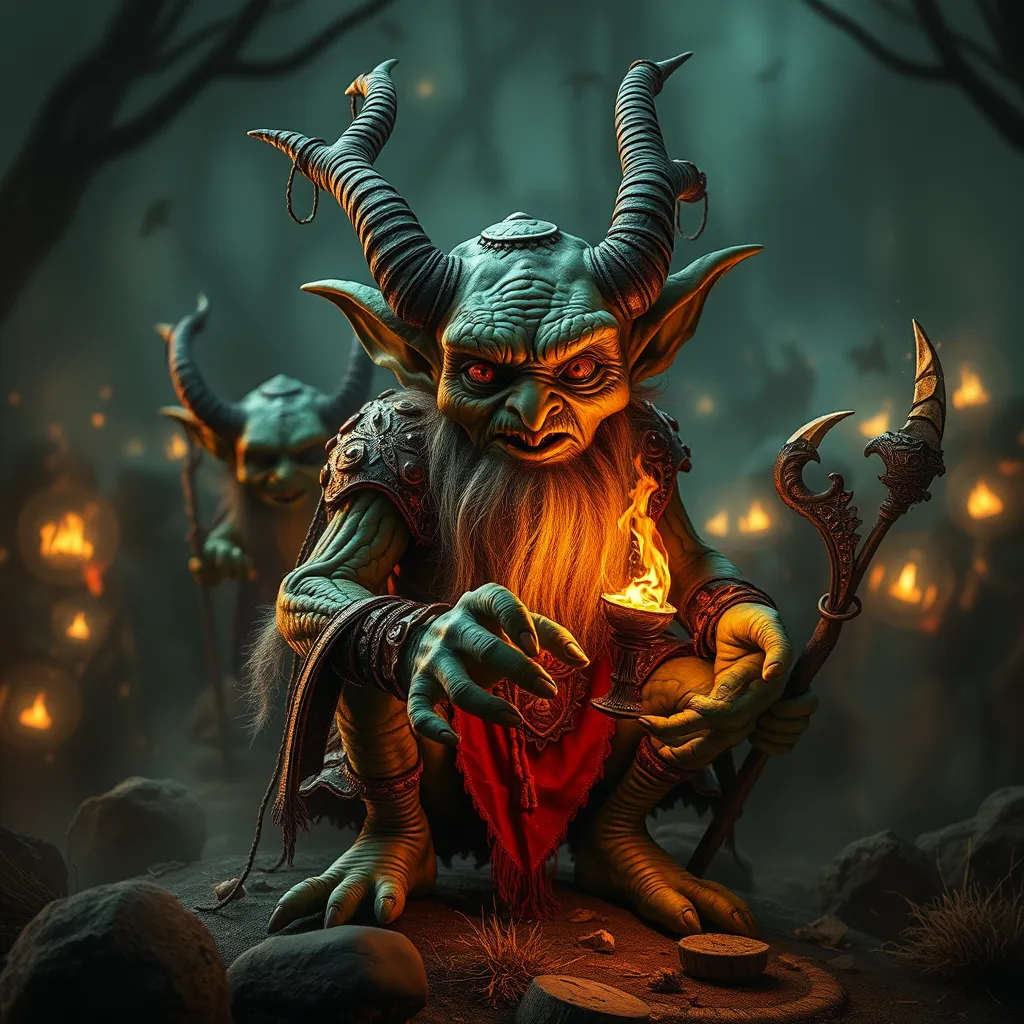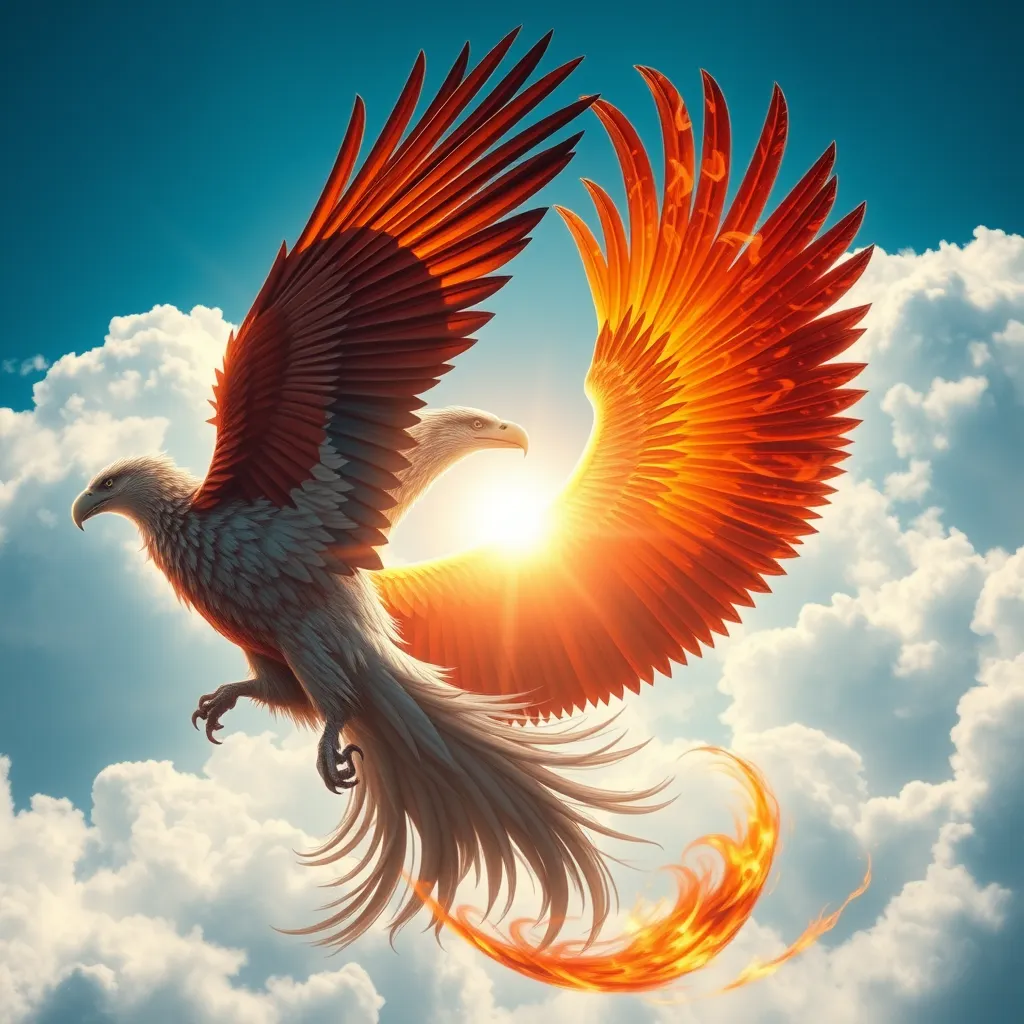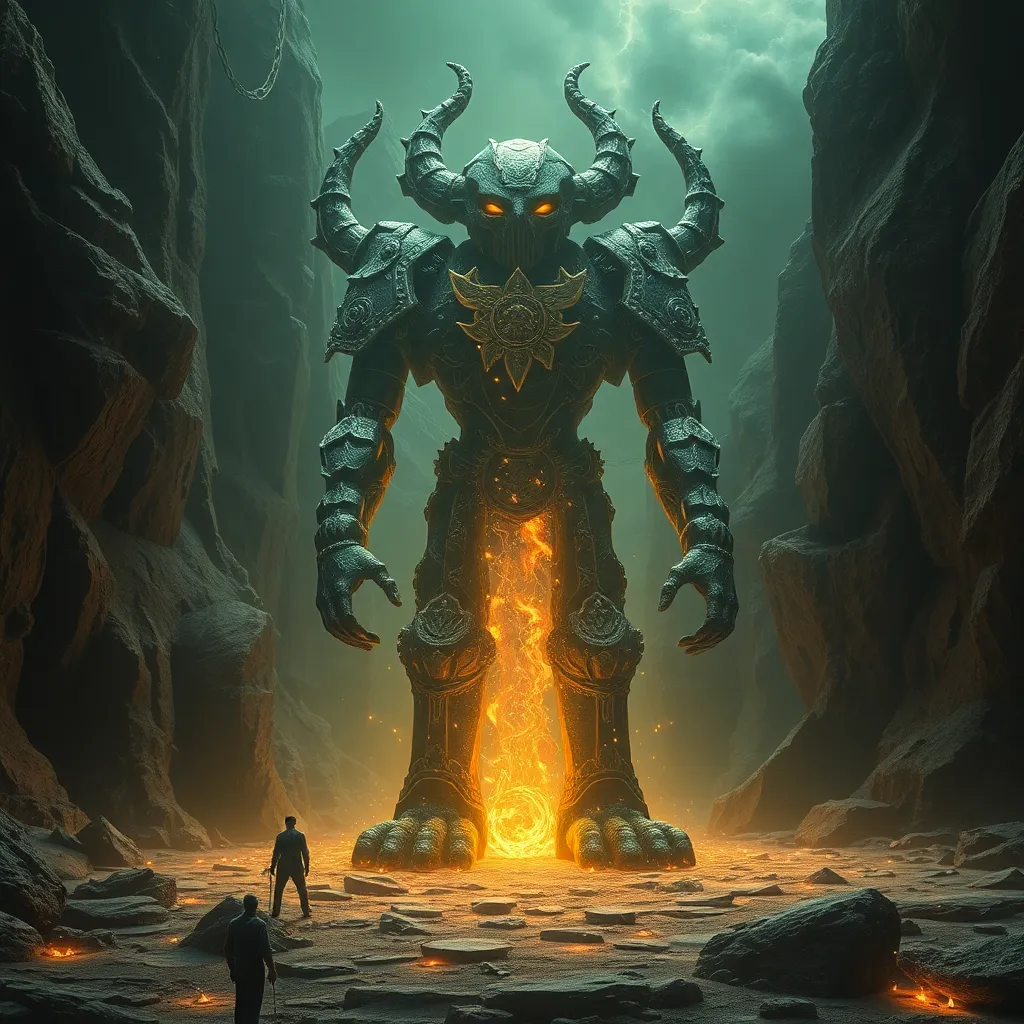The Ahuizotl: A Tale of Transformation and the Power of Water
I. Introduction
The Ahuizotl is a fascinating creature from Mesoamerican mythology, particularly within Aztec folklore. This legendary being is often depicted as a water-dwelling creature with a unique mixture of animal traits, embodying both beauty and danger. The Ahuizotl serves as a reminder of the vital role water plays in the cultural narratives of various civilizations.
Water has been a crucial element in shaping cultural identities, beliefs, and practices. In many societies, it symbolizes life, purification, and transformation, while also representing chaos and destruction. This article explores the origins, characteristics, and cultural significance of the Ahuizotl, delving into its representation of water and its transformative powers.
II. Origins of the Ahuizotl Legend
The Ahuizotl legend has deep roots in Aztec folklore, where it was regarded with both reverence and fear. Historical accounts suggest that the Ahuizotl was believed to inhabit bodies of water, such as lakes and rivers, where it would lure unsuspecting individuals to their doom.
Early sources, including accounts from Spanish colonizers and indigenous codices, describe the Ahuizotl as a creature with a dog-like body, a hand resembling that of a human, and a long, flexible tail. These descriptions not only highlight the creature’s physical attributes but also its connection to water, a vital resource for survival in Mesoamerican cultures.
In Mesoamerican cultures, water is often seen as a life-giving force, providing sustenance and facilitating agricultural practices. However, it also holds a dual nature, capable of destruction through floods and storms. The Ahuizotl embodies this paradox, representing both the nurturing and perilous aspects of water.
III. Physical Characteristics of the Ahuizotl
The physical appearance of the Ahuizotl varies across different Mesoamerican regions, but certain attributes remain consistent. It is typically described as a creature resembling a small dog or a raccoon, with a sleek, dark coat and large, expressive eyes. Its most distinctive feature is its long tail, which ends in a hand-like appendage, often depicted as reaching out to grab its prey.
Variations in depictions can be found in various codices and oral traditions, reflecting the diverse interpretations of the creature. Some accounts emphasize its aquatic nature, portraying it with webbed feet and the ability to swim gracefully, while others highlight its cunning intelligence and ability to manipulate its environment.
The significance of these physical features lies in their relation to transformation. The Ahuizotl’s ability to change its form and adapt to different environments underscores the fluidity of identity in mythology and nature.
IV. The Ahuizotl’s Role in Mythology
The Ahuizotl is woven into numerous stories and legends that illustrate its complex role in mythology. Many tales depict the creature as a guardian of lakes and rivers, protecting these vital resources from those who would exploit them. In contrast, other stories portray it as a malevolent force, luring people to their deaths to feed on their flesh.
- Transformation and Adaptation: The Ahuizotl’s tales often center on themes of transformation, highlighting how it adapts to its surroundings and the changing nature of the world around it.
- Representation of Natural Forces: As a creature tied to water, the Ahuizotl serves as a symbol of the powerful and unpredictable forces of nature.
V. Water as a Transformative Element
Water holds significant importance in mythology and culture, often representing a transformative element that nurtures life while also possessing the potential for destruction. In many traditions, water symbolizes rebirth, fertility, and the cyclical nature of existence.
The duality of water is evident in the Ahuizotl legend. While it is feared for its predatory nature, it is also revered for its role in sustaining life. This complexity mirrors the relationship between humans and nature, emphasizing the need for respect and understanding of natural forces.
VI. Modern Interpretations of the Ahuizotl
In contemporary literature and art, the Ahuizotl has made a resurgence, inspiring a new generation of creators. Its unique characteristics and the themes it embodies resonate with modern audiences, leading to its inclusion in various forms of media.
- Influence on Literature: The Ahuizotl has appeared in novels, short stories, and poetry, often serving as a metaphor for environmental challenges and the complexities of human-nature relationships.
- Popular Culture: The creature has been featured in films, video games, and graphic novels, showcasing its adaptability and appeal across different platforms.
- Environmental Discussions: The ongoing relevance of the Ahuizotl myth reflects contemporary concerns about water conservation and the impact of climate change on natural resources.
VII. Lessons from the Ahuizotl Legend
The Ahuizotl legend offers valuable lessons about the relationship between humanity and nature. It encourages a deep understanding of the interconnectedness of life and the importance of respecting natural elements.
- Power of Transformation: The Ahuizotl exemplifies the capacity for change and adaptation, reminding us of the resilience required to navigate challenges.
- Cultural Reflections: The myth serves as a cultural reflection on the fear and reverence people have for water, emphasizing the need for balance in our interactions with the environment.
VIII. Conclusion
In summary, the Ahuizotl holds significant importance in Mesoamerican mythology, embodying the complex relationship between humanity and water. Its tales of transformation and adaptation resonate deeply within cultural narratives, illustrating the enduring power of water as a life-giving and destructive force.
As we reflect on the Ahuizotl’s significance, it becomes clear that preserving cultural myths and stories is essential for understanding the values, fears, and aspirations of past civilizations. These narratives not only enrich our knowledge of history but also guide our contemporary interactions with the natural world.




